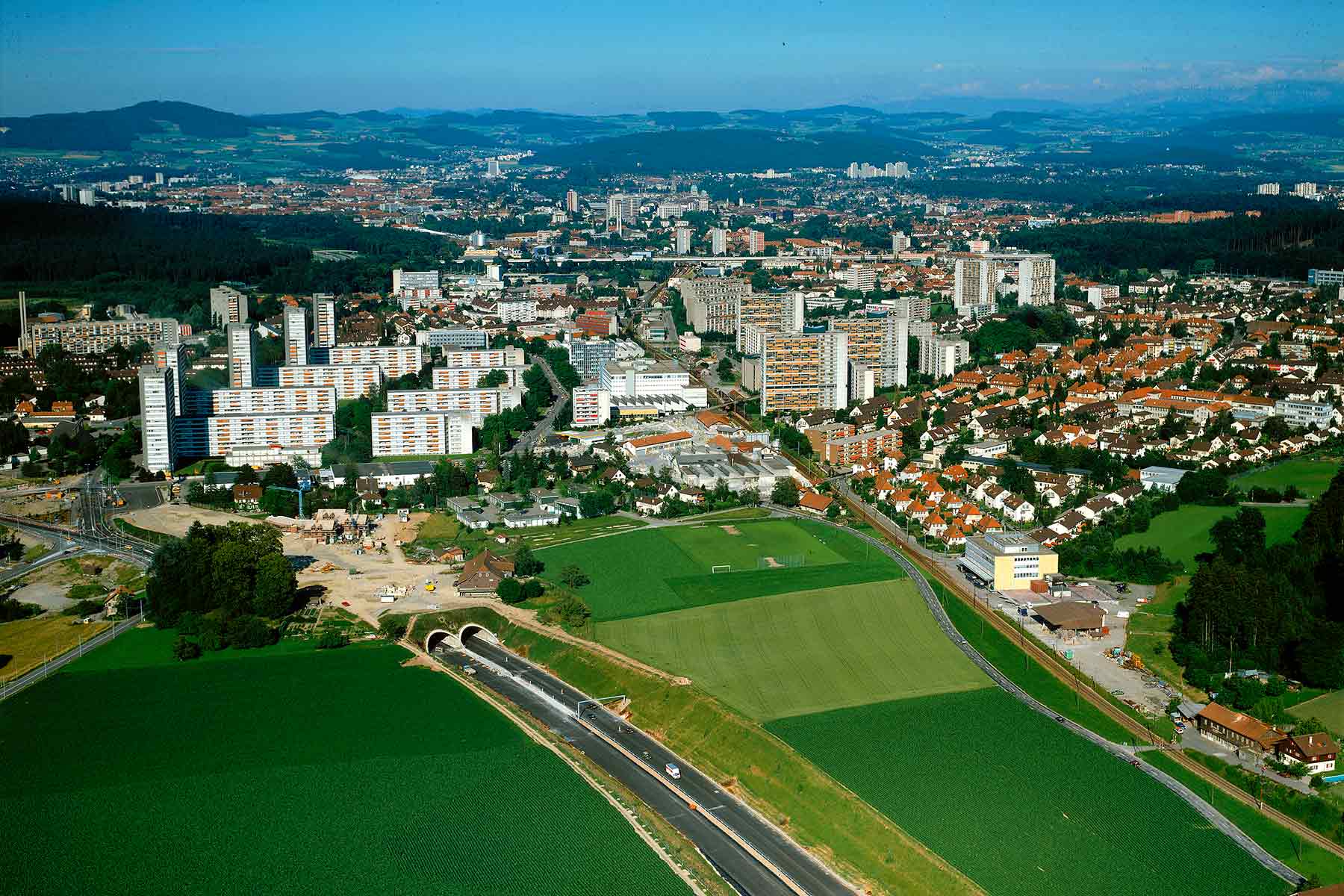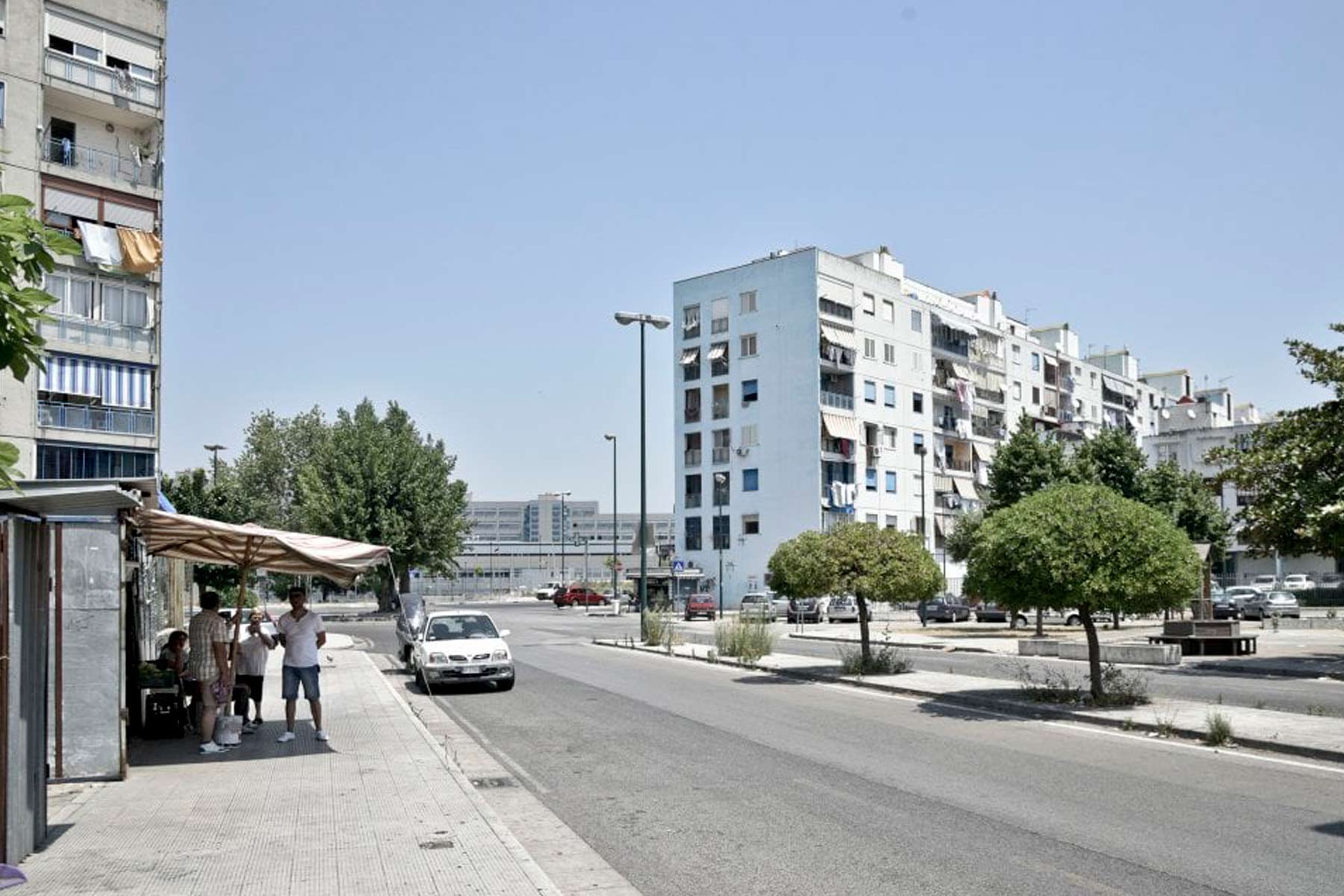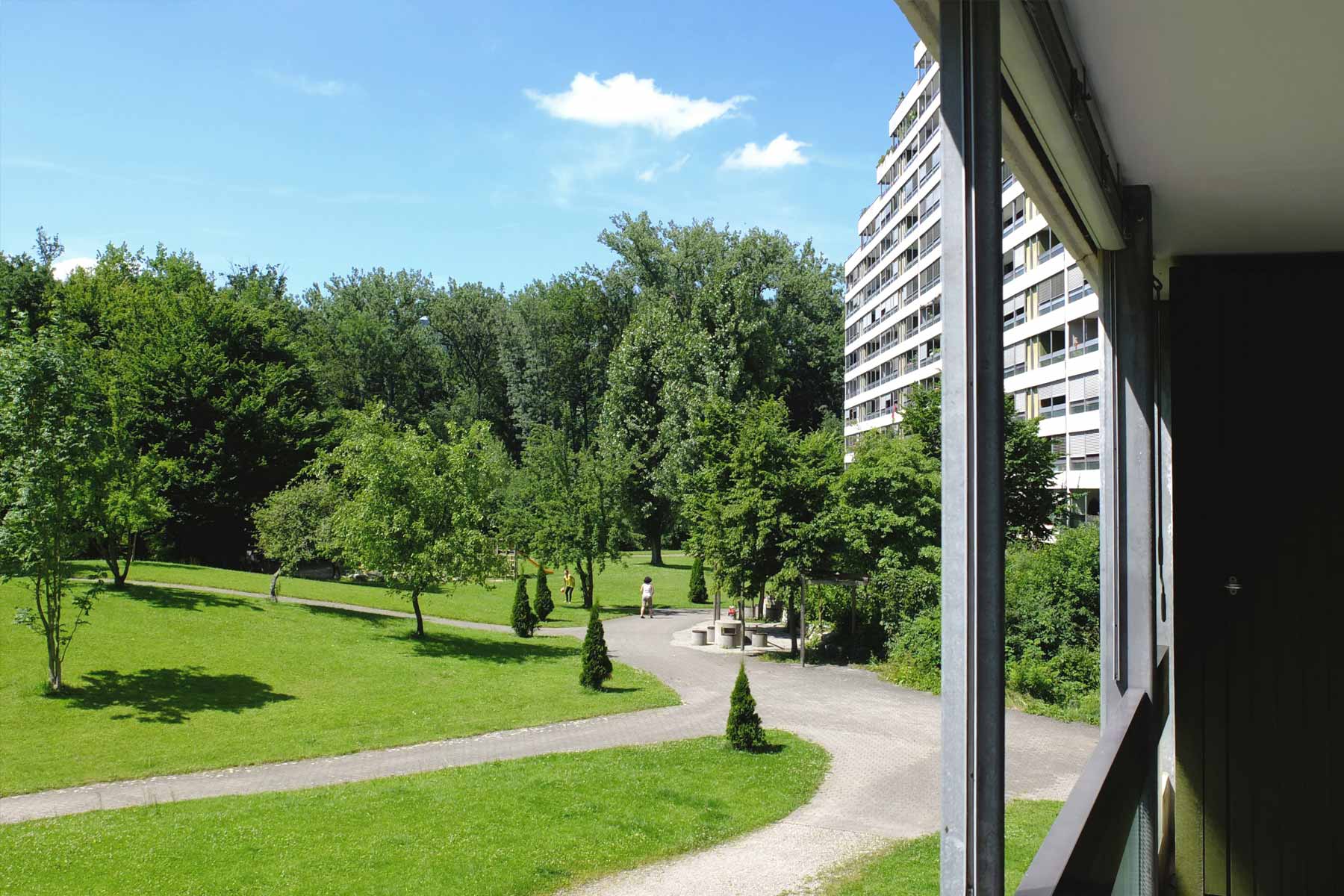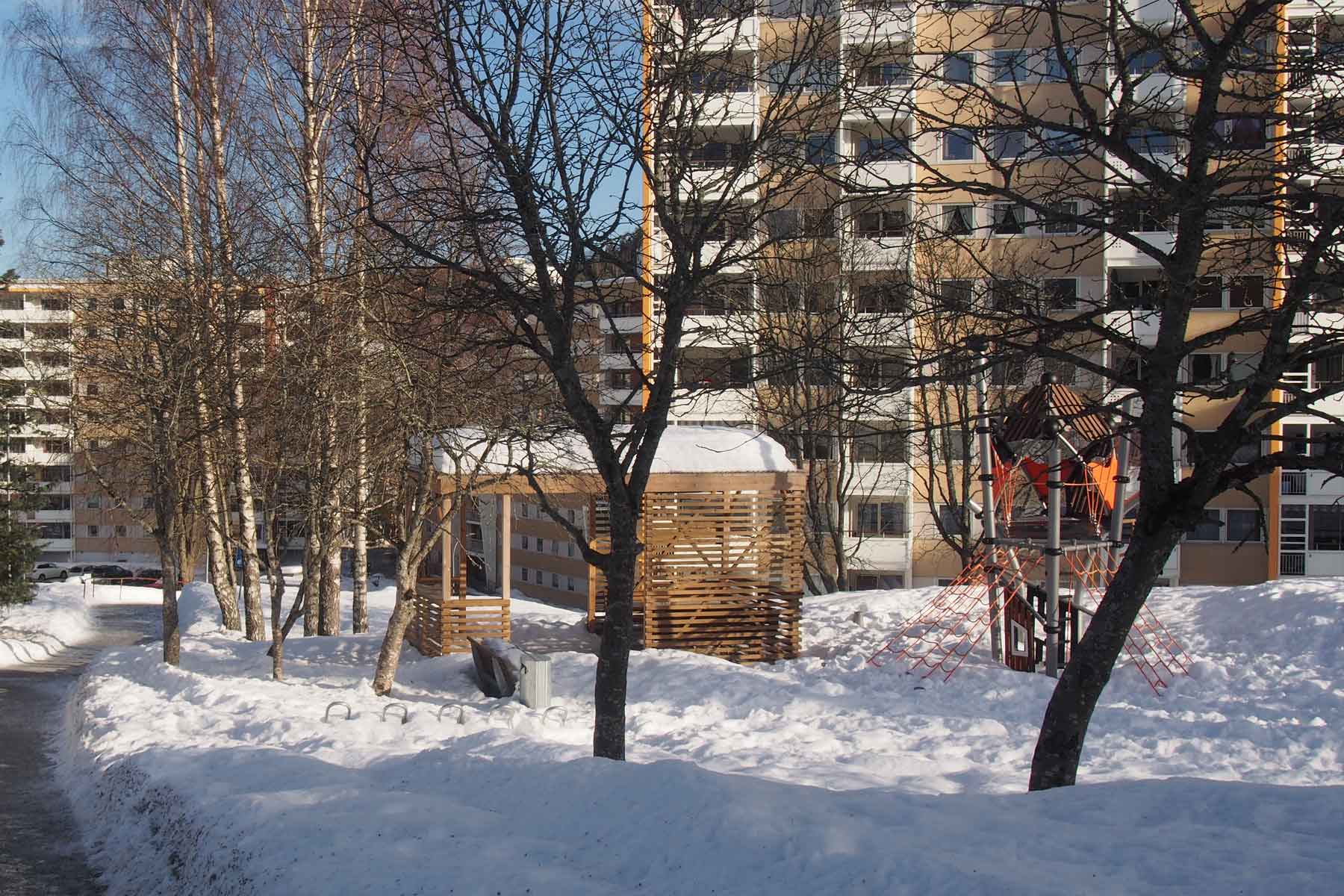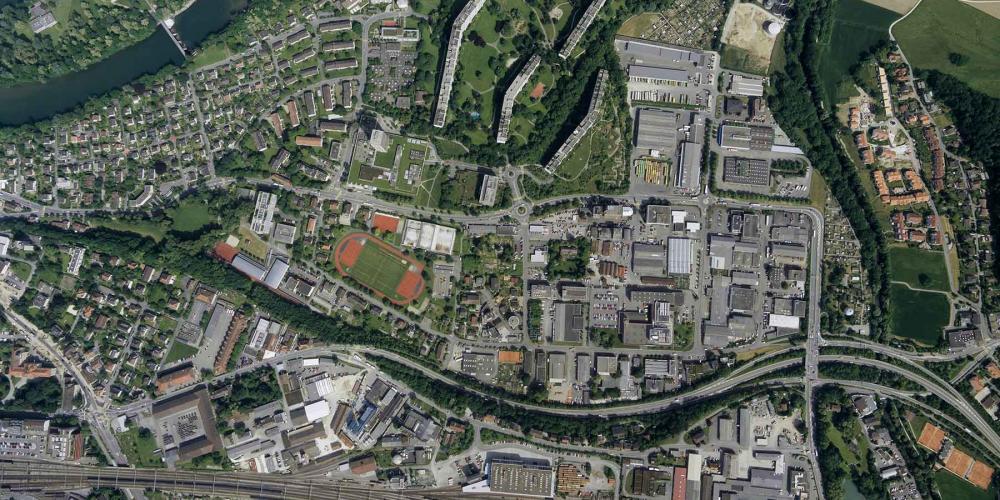
Public Space in European Social Housing
Across Europe, millions of citizens live in social housing estates – a dominant way of living in the, arguably, retreating welfare states. Today, these estates not only house the most vulnerable, including migrants and refugees; they also attract interest from middle-class citizens in large conurbations characterised by urban growth and rising housing prices. Social housing estates are often problematised as places of segregation and disintegration in European cities. They also are places where processes of social and cultural integration happen.
Social housing estates are spaces of exchange and negotiation between people of various cultural and social backgrounds, ethnicities, ages and genders. Formal and informal encounters take place in hallways and laundries, in squares, parks, playgrounds and car parks, and occasionally in private homes. In these shared spaces, differences among people become visible, contested and negotiated. The working hypothesis of this project is that public spaces on social housing estates throughout Europe are a prime locus of cultural encounter and therefore constitute a unique potential resource for European integration.
Bringing together researchers from some of Europe’s most distinguished architecture and planning institutions and with citizens’ aid, we wish to tailor a theoretical model and gain methodological insights for studying social housing estates as public spaces. Grounded in an understanding of public space as ‘that part of the physical environment which is associated with public meanings and functions’ (Madanipour 2003:4), we seek answers to these questions:
- How can the physical environment of European social housing estates be reconceptualised and studied as public space?
- How are public meanings and functions (re)produced by ongoing situated cultural encounters, spatial practices and discourses on such estates?
- What can we learn from these places, and how might they be developed to encourage diverse cultures not merely to coexist, but to enrich and inspire one another as part of the European project?
The project draws on the political philosopher’s Hannah Arendt’s notion that public spaces are created through human interaction, communication and cooperation within shared spaces where living with others that are different from oneself becomes possible (Thuma 2011). Yet physical space is not a passive container of such cultural encounters. Rather, physical space is an active co-producer of cultural encounters: ‘the structure of the material world pushes back on people’ (Yaneva 2009:277). This means that public space is not a fixed thing ‘out there’, but a relational condition. We therefore propose to study the continuous interplay between people and places through the concept of publicness (Varna and Tiesdell 2010; Tornaghi 2015). Publicness is not bound to spaces that are designed or designated as public spaces: a public can be ‘sparked into being’ (Marres 2005) in any place that is considered a collective concern by a plurality of humans. Yet the publicness of physical spaces is not only a question of inclusion and democracy among humans. It entails fluid and context specific relationships between humans, humans and places, and humans and non-humans (Tornaghi 2015). These relationships can occur at different spatial scales, and can potentially also connect different scales – from private homes, to streets and open spaces, to a housing estate, neighbourhood or city. Going beyond interpersonal interaction, and emphasising materiality, we draw on Henri Lefebvre (1991) to explore and theorize the publicness of social housing estates by examining ongoing situated interactions between specific 1) materialities, 2) spatial practices and 3) discourses. Understanding these situated interactions is at the core of PuSH.
Prof. E. Braae PhD
Project Leader
The University of Copenhagen
Denmark
